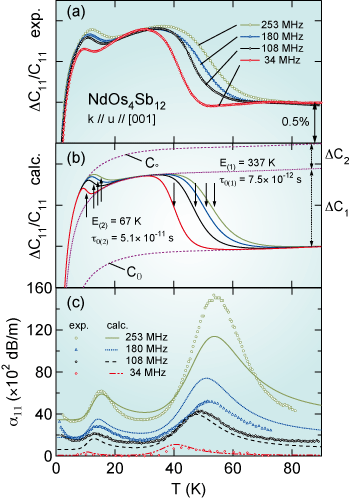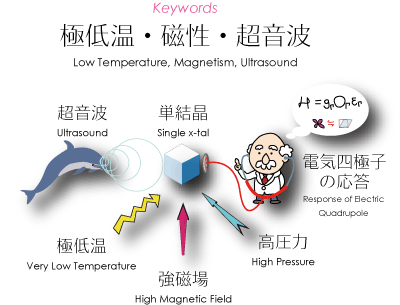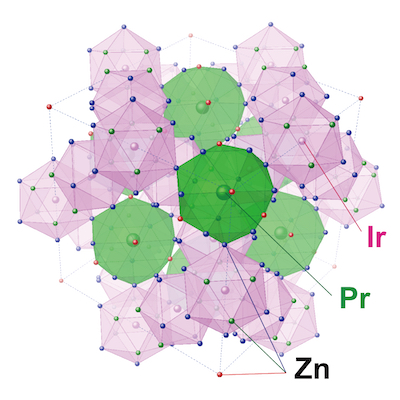研究日誌 2008-7/18「単結晶育成中」

チョクラルスキー法とフラックス法を駆使して単結晶試料を鋭意育成中!
RA(リサーチアシスタント)の森下君とM1の真山君(共に 理学部 極低温研究室 所属)がサポートしてくれています。
Now we are start growing single x-tals of rare-earth compounds by using Czochralski- and molten flux-method.
Mr. Morishita (RA) and Mr. Mayama (Grad. Student from VLT Lab. at Grad. School of Science)are helping me out.







